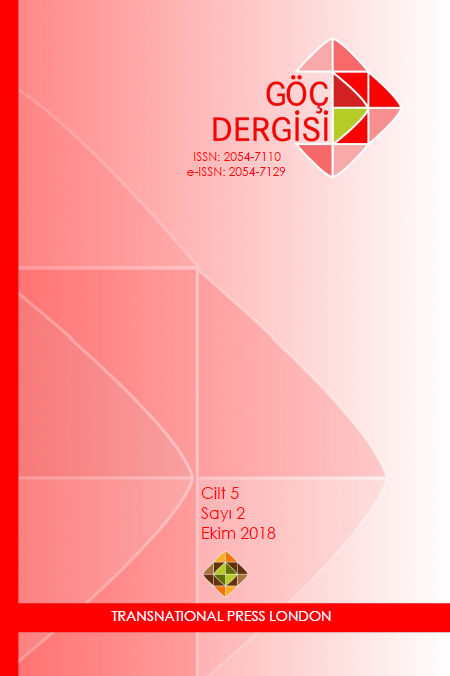Şarlatan Yolcusu ve Göç Edebiyatı: Çatışma Modeli bağlamında bir okuma
Charlatan Traveller and Migration Literature: A Reading with the Conflict Model
Author(s): Onur Kemal BazarkayaSubject(s): German Literature, Migration Studies
Published by: Transnational Press London
Keywords: Christoph Martin Wieland; Friedrich Schiller; Johann Wolfgang von Goethe; Charlatan; Science; Conflict Model; German Literature;
Summary/Abstract: At the beginning of modern times, charlatans emerged as of great importance to the scientific discourse of those spokesmen of the scholar community who use them as negative examples and thus define ideal standards for their profession. Charlatans were seen as “negative figures” (Hole Rößler) in science; however, the way they were judged in literature was more complex and varied, and, in some texts, they even seem congenial and charismatic. This phenomenon can be noticed in German literature especially around 1800 when the charlatan figure is used very often. Moreover, it is conspicuous that charlatans in literary depictions of this period generally have no home and travel around constantly. Furthermore, the fact that they change their clothing and camouflage permanently offers to their identity a mysterious dimension. In the field of studies designated as ,Literature and Migration’, this paper aims to provide interpretative perspectives and, in this respect, examines the issue concerning the poetic functions of charlatan travellers as rendered textually in a number of relevant passages chosen from the works of Christoph Martin Wieland, Friedrich Schiller, and Johann Wolfgang von Goethe.
Journal: Göç Dergisi (GD)
- Issue Year: 5/2018
- Issue No: 2
- Page Range: 175-184
- Page Count: 10
- Language: Turkish

